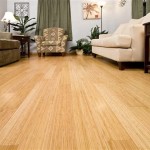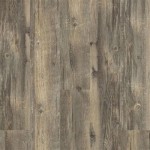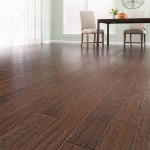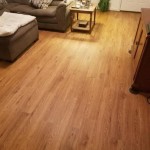Essential Aspects of Engineered Wood Flooring Quality Comparison
When evaluating the quality of engineered wood flooring, there are several key factors to consider that impact its durability, performance, and overall aesthetics. Understanding these aspects is crucial for making an informed decision that meets your specific needs and expectations.
1. Construction and Materials
The construction method and materials used in engineered wood flooring greatly influence its quality. Look for products with multiple layers of high-quality plywood or HDF (high-density fiberboard) cores. These layers provide stability, reduce warping and buckling, and enhance the flooring's lifespan. The top layer, known as the wear layer, should be made from genuine hardwood for durability and scratch resistance.
2. Wear Layer Thickness
The wear layer thickness determines the flooring's ability to withstand wear and tear. Thicker wear layers provide increased protection against scratches, dents, and everyday use. Choose products with wear layers of at least 3mm for high-traffic areas and 2mm for moderate-traffic areas.
3. Wood Species
Different wood species have varying hardness and durability. For areas with heavy foot traffic, opt for flooring made from dense woods like oak, maple, or walnut. For less demanding areas, softer woods such as pine or fir may be suitable. Consider the specific characteristics and aesthetics of each wood species to align with your desired look and durability requirements.
4. Finish and Texture
The finish and texture of engineered wood flooring impact its appearance and maintenance. UV-cured finishes provide excellent scratch resistance and durability, while oil-based finishes enhance the natural beauty of the wood. Consider the desired sheen level, which ranges from matte to glossy, to complement your décor. Additionally, the texture can influence slip resistance, especially in areas prone to moisture.
5. Installation System
The installation system plays a crucial role in the flooring's stability and longevity. Choose products with locking mechanisms that create a tight, secure fit without the need for nails or glue. These systems allow for easy installation, ensuring a seamless and durable surface that minimizes gaps or shifting.
6. Water Resistance
For areas exposed to moisture, consider water-resistant engineered wood flooring. These products have special treatments or coatings that protect them from water damage, making them suitable for kitchens, bathrooms, or basements. However, it's important to note that no flooring is completely waterproof.
7. Warranty
A comprehensive warranty provides peace of mind and protects your investment. Look for warranties that cover defects in materials, construction, and wear performance. Consider the length and terms of the warranty to ensure long-lasting protection.
By carefully evaluating these essential aspects, you can make an informed decision about the quality of engineered wood flooring that best meets your needs. Consider factors such as construction, wear layer thickness, wood species, finish, installation system, water resistance, and warranty to ensure a durable, aesthetically pleasing flooring solution that will enhance your home for years to come.

Hardwood Vs Engineered Wood Flooring Which Is Best For You Forbes Home

Solid Vs Engineered Hardwood Which Is Better

Best Engineered Wood Flooring Options Forbes Home

Engineered Hardwood Flooring Reviews Best One To Buy

Engineered Flooring Vs Laminate Everything You Need To Know Forbes Home

10 Major Disadvantages Of Installing Engineered Wood Flooring A Floor Guide Reallyfloors America S Est Hardwood

Our Thick 6mm Wear Layer Engineered Wood Flooring Is Better

Diffe Hardwood Flooring Types

Engineered Wood Flooring Pros And Cons Forbes Home

Engineered Hardwood Flooring Vs Solid
Related Posts








